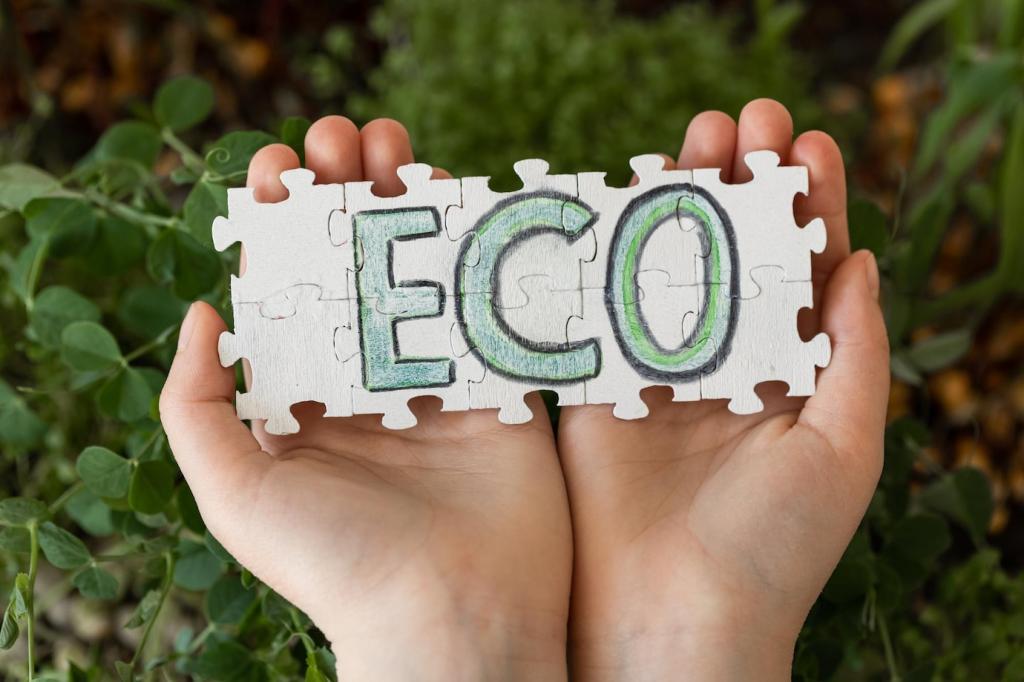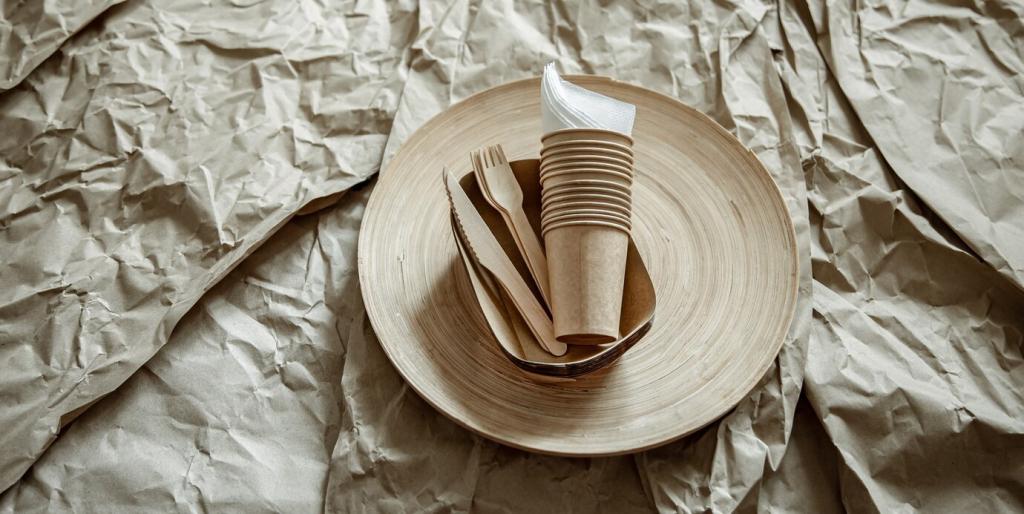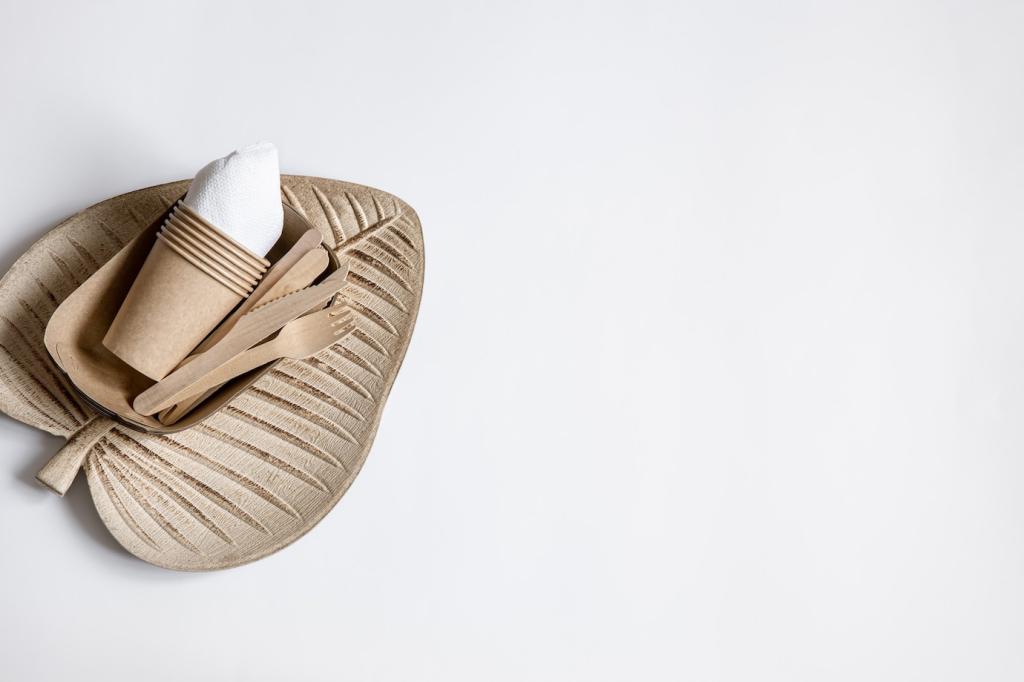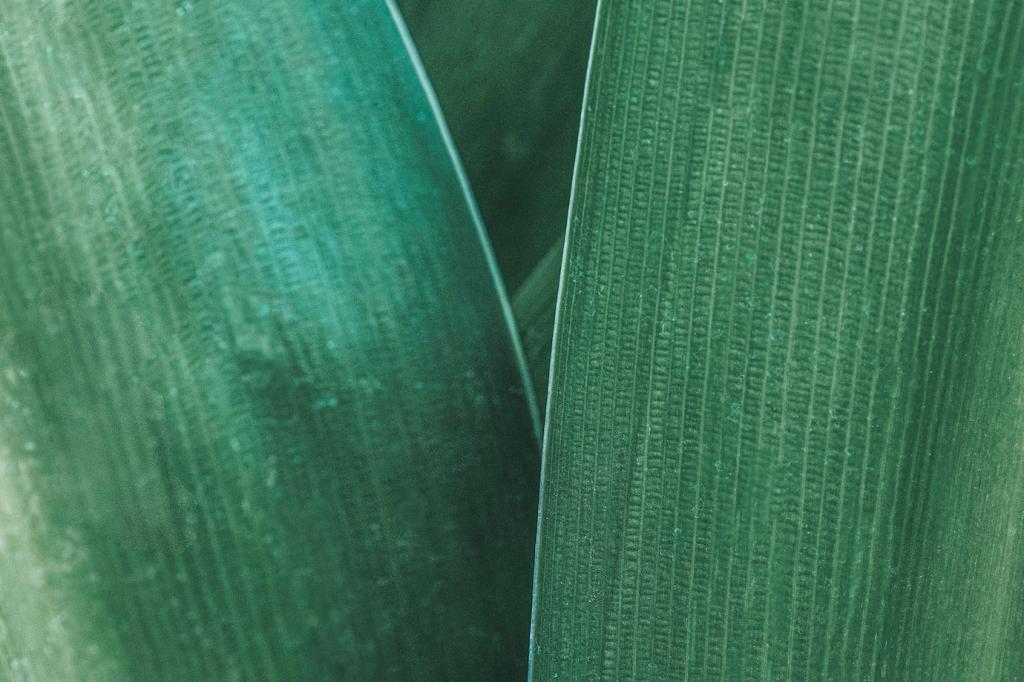Reimagining Spaces with Recycled and Reclaimed Wood
Selected theme: Recycled and Reclaimed Wood. Step into a world where weathered grain, nail shadows, and storied timbers become the soul of modern design. Explore techniques, ethics, and inspiration—then subscribe and share your reclaimed story with our community.



Where Reclaimed Wood Comes From and Why It Matters
Old barns, factories, piers, gym floors, and heat-treated pallets are treasure troves. Build relationships with deconstruction crews, verify local permits, and always confirm HT stamps—not MB—so reclaimed wood arrives safe, legal, and responsibly obtained.
Where Reclaimed Wood Comes From and Why It Matters
Circle-sawn scars, oxidized nail holes, mineral streaks, and resin scent reveal species and age. Weight hints density; edge checking signals movement. Let these clues guide cuts, preserving character while anticipating stresses and hidden surprises.
Preparing Salvaged Boards for a New Life
De-nailing and Detection
Use pry bars, fencing pliers, and a reliable handheld metal detector. Mark hazards with chalk. Work slowly; spinning blades meeting hidden cut nails can shatter teeth, damage motors, and send shards flying dangerously across your shop.
Cleaning and Decontamination
Brush away grit, vacuum crevices, and wash with mild soap if needed. Avoid saturating boards. For pallets, verify heat treatment and discard contaminated pieces. Mild oxalic acid can lift stains while keeping patina intact and expressive.
Stabilizing and Drying
Measure moisture content with a calibrated meter. Kiln-dry or sticker-stack under airflow to target stability. Epoxy, bow-ties, or Dutchman patches can arrest cracks while honoring the timber’s age, movement, and enduring resilience.
Celebrating Imperfections
Highlight nail shadows, sunburnt silvering, and saw kerfs with thoughtful lighting. Place knots deliberately and chamfer edges to reduce splinters. Imperfections become invitations, sparking conversations about previous lives, labor, and place.
Material Pairings
Pair reclaimed oak with blackened steel, marine rope, or limewashed plaster for contrast. Repeat tones across a room for cohesion. When in doubt, let grain lead palette decisions, echoing colors already present in the wood.
A Table with a Past
We salvaged a pier beam after a winter storm, nails rusted like freckles. Now it hosts noisy dinners and quiet homework, carrying salt-tinged memories that guests ask about before the first slice of bread.
Joinery that Honors Old Fibers
Sight down boards, tap for hollows, and crosscut sacrificial slices to scout checks. Glue-line strength improves when defects are mapped early. Consider grading advice for beams repurposed as joists, shelves, or stair treads with responsibility.

Low-VOC, Plant-Based Options
Hardwax oils, soap finishes, and linseed blends nourish grain, deepen tone, and keep indoor air safer. Always test on offcuts; some reclaimed boards drink unevenly, requiring additional coats or gentle burnishing between applications.
Sealing Tannins and Ghosts
Old oak can bleed through water-based topcoats. A thin dewaxed shellac barrier tames tannins and ancient stains. Then build with durable finishes that suit use: hardwax on tables, spar varnish for exterior accents.
Sustainability, Impact, and Circularity
Reclaiming extends the useful life of stored carbon and diverts heavy timbers from landfills. Avoiding new milling reduces transportation and drying impacts, providing a practical path for climate-minded builders and thoughtful, design-led homeowners.
Start Your Reclaimed Project Today
Essential Tools
A compact metal detector, card scraper, quality respirator, nail punch, and moisture meter form a capable starter kit. Add sharp hand planes to finesse surfaces without erasing the patina you fell in love with.
Scope, Budget, Timeline
Sketch a clear scope, list quantities, and reserve contingencies for surprise defects. Reclaimed projects often demand patience, but the narrative return is enormous. Share your plan; we’ll help troubleshoot before cuts begin.
Join the Conversation
Post questions, subscribe for case studies, and tag your builds so we can feature them. Your experiments teach others, enriching this community of makers who transform discarded timber into furniture, finishes, and futures worth keeping.
